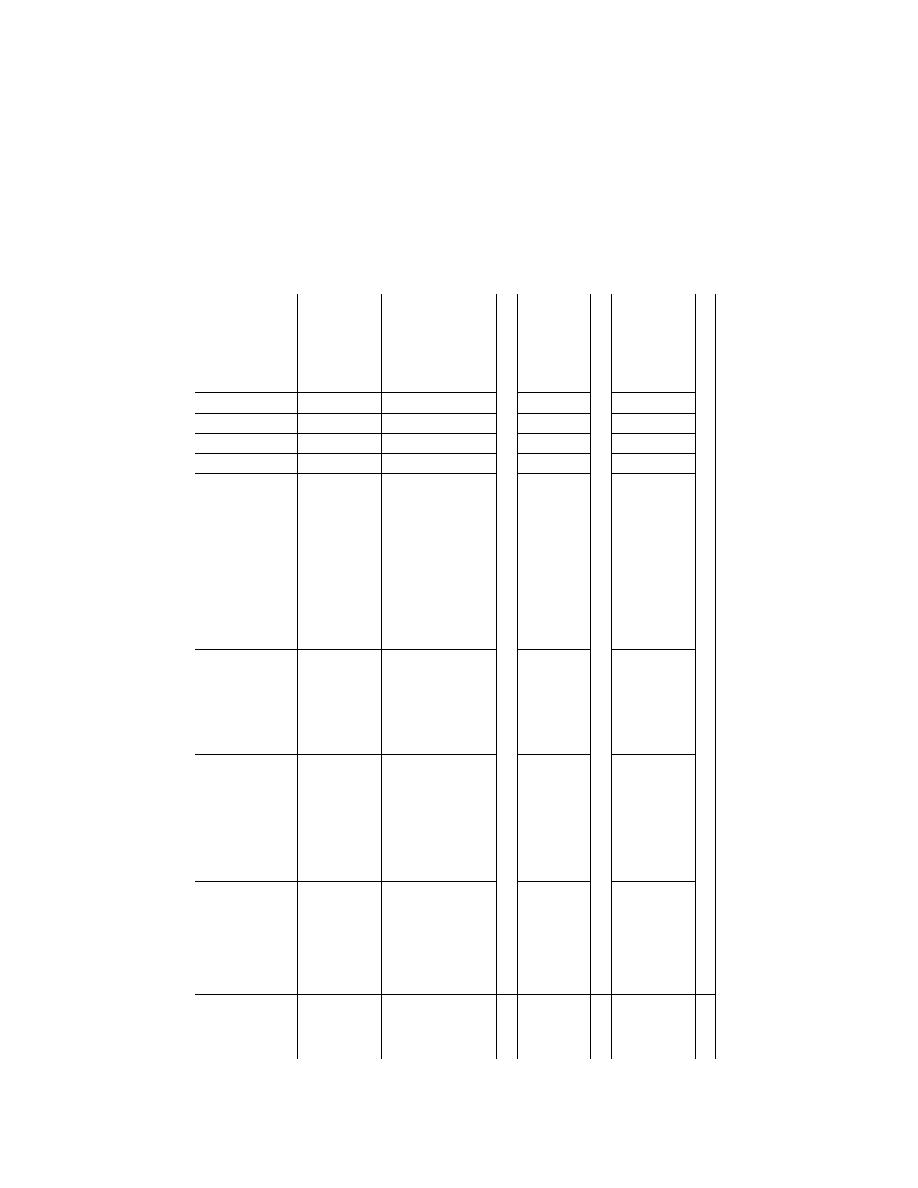
61
Federal Aviation Administration, DOT
Pt. 60, App. A
2.e.7.
.............
One engine inoperative
go around.
±
3 kt airspeed,
±
1.5
°
pitch
angle,
±
1.5
°
angle of at-
tack,
±
2
°
bank angle,
±
2
°
slideslip angle.
The one engine inoperative go around is
required at near maximum certificated
landing weight with the critical engine
inoperative using manual controls. If
applicable, an additional engine inop-
erative go around test must be accom-
plished with the autopilot engaged.
CCA: Non-autopilot test in Non-normal
control state.
X X X
2.e.8.
.............
Directional control (rud-
der effectiveness) with
symmetric reverse
thrust.
±
2
°
/sec yaw rate.
±
5 kts air-
speed.
Landing
........................
Record results starting from a speed ap-
proximating touchdown speed to the
minimum thrust reverser operation
speed. With full reverse thrust, apply
yaw control in both directions until
reaching minimum thrust reverser op-
eration speed.
X X
X
2.e.9.
.............
Directional control (rud-
der effectiveness) with
asymmetric reverse
thrust.
±
5 kt airspeed.
±
3
°
heading
angle.
Landing
........................
Maintain heading with yaw control with
full reverse thrust on the operating en-
gine(s). Record results starting from a
speed approximating touchdown
speed to a speed at which control of
yaw cannot be maintained or until
reaching minimum thrust reverser op-
eration speed, whichever is higher.
The tolerance applies to the low speed
end of the data recording.
X X X
2.f.
.................
Ground Effect.
..................
Test to demonstrate
Ground Effect.
±
1
°
elevator
±
0.5
°
stabilizer
angle,
±
5% net thrust or
equivalent,
±
1
°
angle of
attack,
±
10% height or
±
5
ft (1.5 m),
±
3 kt airspeed,
±
1
°
pitch angle.
Landing
........................
The Ground Effect model must be vali-
dated by the test selected and a ra-
tionale must be provided for selecting
the particular test.
X
X
X
See paragraph on
Ground Effect in this
attachment for addi-
tional information.
2.g.
................
Windshear.
..................
Four tests, two takeoff
and two landing, with
one of each conducted
in still air and the other
with windshear active
to demonstrate
windshear models.
See Attachment 5 of this ap-
pendix.
Takeoff
and
Landing
...
Requires windshear models that provide
training in the specific skills needed to
recognize windshear phenomena and
to execute recovery procedures. See
Attachment 5 of this appendix for
tests, tolerances, and procedures.
X
X
See Attachment 5 of
this appendix for in-
formation related to
Level A and B sim-
ulators.
2.h.
................
Flight Maneuver and Envelope Protection Functions.
VerDate Mar<15>2010
20:48 Jan 30, 2014
Jkt 232047
PO 00000
Frm 00071
Fmt 8010
Sfmt 8002
Q:\14\14V2.TXT
ofr150
PsN: PC150